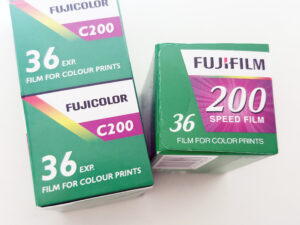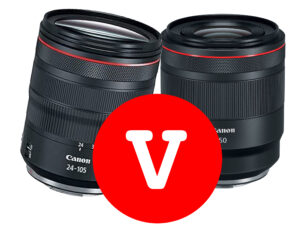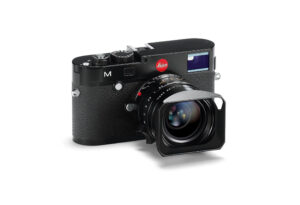The secret to keeping dust out your camera is to not use it. And here is another secret: No one cares about if you camera has a little nick in it, fingerprint on the screen, or a scratch anymore than what brand it is. They only care about the photograph they see. In the world of photography, Leica cameras hold a special place, revered not just as tools for capturing images but as finely crafted pieces of art. Recently, someone reached out to me, suggesting that Leica cameras are more akin to jewellry—beautiful items meant to be worn and showcased, but not used, lest they wear out and lose value. This perspective, while understandable given Leica’s reputation for luxury, misses the true essence of what these cameras are made for. It’s a sentiment that’s been echoed by some, including Eric Kim, who has recently shared his strong opinions about Leica. But here’s the reality: you should be using your Leica, and using it hard.
Leica Cameras Are Built to Last
Leica cameras, particularly their 35mm film models, are engineered for decades of heavy professional use. Unlike many plastic digital cameras that are designed with planned obsolescence in mind, Leica cameras, much like Nikon’s F5 and Canon’s EOS 1V, are built to endure the rigors of professional photography. These aren’t cameras to be coddled—they’re tools meant to be pushed to their limits.

For those who have forgotten the feel of film, it’s worth remembering that even amateur photographers would shoot several rolls a day when out in the field. A professional might go through dozens of rolls daily, year after year, without hesitation. These cameras are designed to take that kind of punishment and keep going.
The Myth of the Fragile Leica
There’s a common misconception among hobbyists who are getting back into film photography that they need to treat their cameras with extreme care, shooting just a roll or two occasionally. While it’s good to experiment and find your niche, the reality is that it takes several rolls just to get familiar with a new camera. Once you’ve got the hang of it, you should shoot with it hard and often. As the old saying goes, “film is cheap”—your time and the opportunity to be out there capturing the world are far more precious.
A top-notch 35mm camera like a Leica will remain in pristine condition for decades unless you’re putting it through the most extreme usage—like running 10 rolls a day through it every day for decades. Even then, it’s likely to outlast you. Shooting 10 rolls a week? Your Leica will probably still be going strong in 50 years.

Cameras Are Made to Be Used, Not Shelved
Leica didn’t earn its legendary status by sitting pretty on a shelf. These cameras are valuable precisely because of their resilience to wear and tear. The only thing that will truly wear out a camera is neglect or abuse—letting it bang around in an unpadded case, exposing it to sand and water, or simply not using it. In fact, many modern pro cameras from Canon and Nikon are designed to resist even the harshest environmental conditions.
The greatest wear a camera experiences is often when it’s left unused, gathering dust in a display case. It’s like owning a military tank and worrying that driving it on the grass will damage its treads—these machines are built to take far more.
The Value of a Well-Used Leica
A camera that’s never used has little value. You can’t take its resale value with you, but the images you create with it can last forever, immortalizing moments and making your mark on the world. The real value of a Leica isn’t in keeping it pristine; it’s in the stories you capture, the moments you freeze in time, and the legacy you build through your photography.

So, if you own a Leica, don’t be afraid to use it. Take it out, shoot with it, and let it become a part of your life. After all, a camera’s worth is not in its resale value, but in the memories and art it helps you create.







































































